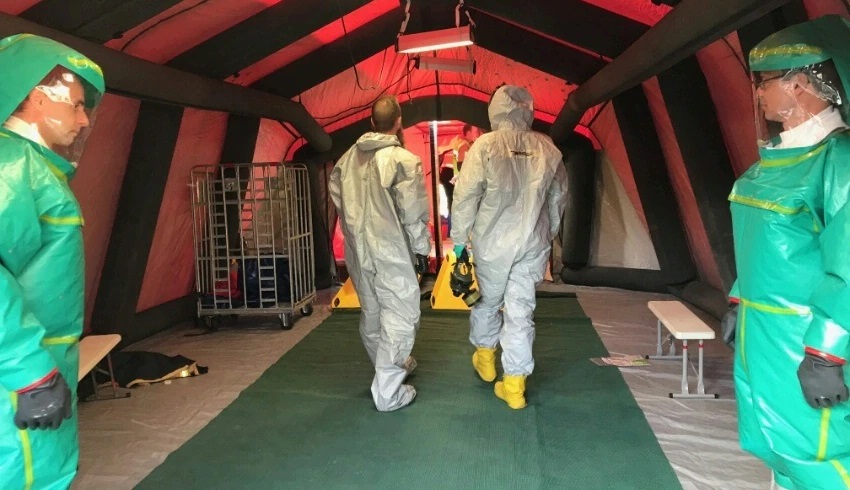Picking the correct kind of protective suit involves selecting one that offers the ideal blend of comfort and safety. You need something that is not difficult to work in, however, it also needs to meet the security guidelines at your organization or worksite. This implies assessing the degree of danger the suit needs to protect against including the suit’s materials.
Danger Levels
The minimal protection level, Level D, signifies the least amount of danger. This degree of protective suit needs to cover your clothing and skin. To enhance security, you can incorporate other protective garments such as security boots, gloves, hard hats, protective eyewear/glasses, and more. Level C situations involve the understanding of what chemicals are present in a work environment and if there is gas or fumes present. A hooded protective suit or disposable coveralls, an air-purifying respirator (required), chemical-resistant gloves, boots, and a hard cap are worn for protection.
Level B is the most extreme in terms of respiratory safety. At this level, you should wear chemical resistant clothing, internal and external gloves, steel-toed and chemical resistant boots, and a full or half-mask air purifying respirator. To shield yourself from gasses, fumes, and obscure substances, you should choose Level A protection. Chemical resistant gloves and boots are matched with a gas-tight suit and a positive-pressure full-face self-contained breathing apparatus. This is the most significant level of respiratory and skin protection available.
Protective Material
A protective suit has three principal factors that decide its degree of security. The primary factor is the way the suit is assembled. Creases that are sewn together have small holes where the needle punctured through to insert the string into the material. This can allow fumes and germs to enter the suit. Fixed creases are solidified by a tape that is ‘welded’ over the creases so that there are no openings.
When protective materials are tested, factors such as saturation and penetration rates come into play. The saturation rate includes the time it takes for a chemical to be absorbed by the fabric. The penetration rate is how long the chemical needs to drench to the opposite side of the material in the suit.
Rules and Regulations
The National Fire Protection Association (NFPA) has established norms for protective clothing. These guidelines mention what you ought to be searching for regarding the strength, durability, and application of a protective garment. When browsing protective clothing, it is useful to search for its rating and the Safety Equipment Institute seal on the clothing.
It is essential to set aside funds for protective suits, however clothing must also be suitable for the workplace hazards, contaminants, and duties performed. Assess which level of danger your worksite presents to determine which suit is best for your workers.
Visit for more information ny sopa


Comment here